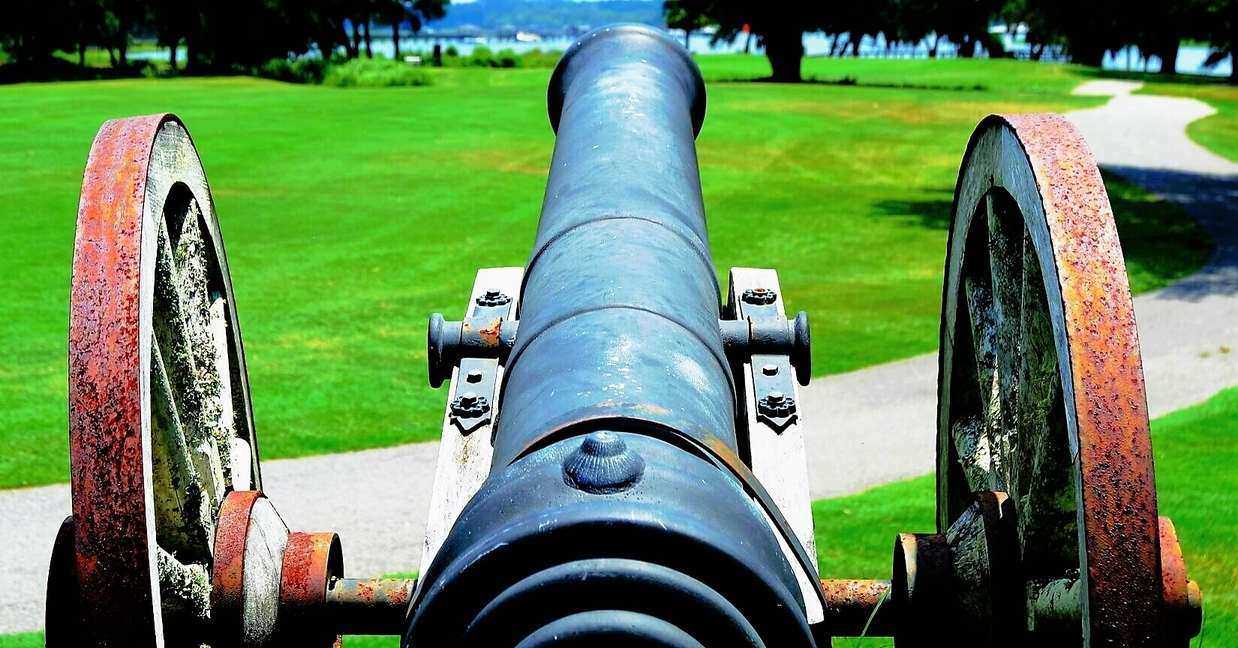Nail Gun Safety
Nail gun injuries are more common than one might think. Research has found that 2 out of 5 residential carpenter apprentices experienced a nail gun injury over a 4 year period. Most of these injures go unreported or not given medical attention. The risk factors that make a nail gun injury more likely to occur are the type of trigger system and the extent of training being provided. Here’s some helpful information about nail gun safety.
OSHA states there are six practical steps that contractors can take to prevent injuries related to nail guns:
1. Use full sequential trigger nail guns
2. Provide training
3. Establish nail gun work procedures
4. Provide proper PPE
5. Encourage reporting and discussion of injures and close calls
6. Provide first aid and medical treatment
How full sequential trigger nail guns work? This is the safest type of nail gun trigger. This trigger will only fire a nail when the controls are activated in a certain order. First, the safety contact tip must be pushed into the work piece, then the user squeezes the trigger to discharge a nail. Both the safety contact tip and the trigger must be released and activated again to fire a second nail. Nails cannot be bump fired. Also known as single shot trigger, restrictive trigger, or trigger fire mode.
Fatal fact: A carpenter apprentice was killed when he was struck in the head by a nail that was fired from a powder actuated tool. The tool operator, while attempting to anchor a plywood form in preparation for pouring a concrete wall, fired the gun causing the nail to pass through the hollow wall. The nail travelled some twenty-seven feet before striking the victim. The tool operator had never received training in the proper use of the tool, and none of the employees in the area were wearing personal protective equipment.










































